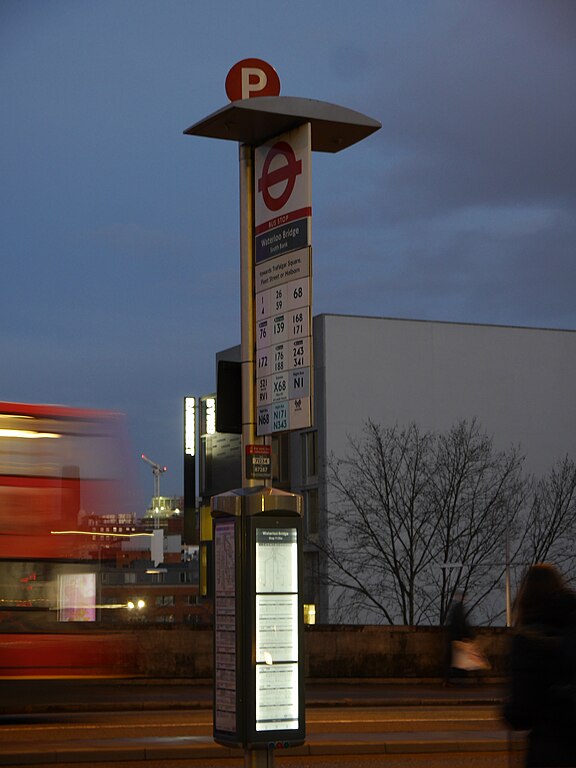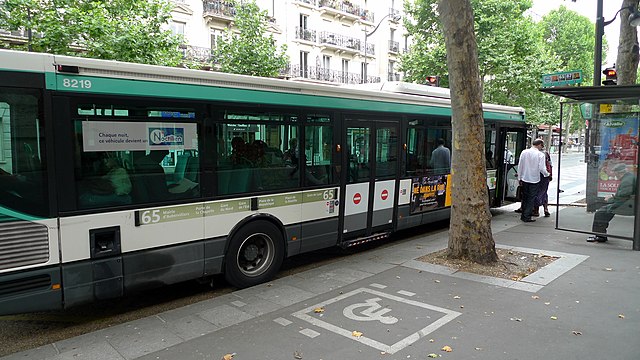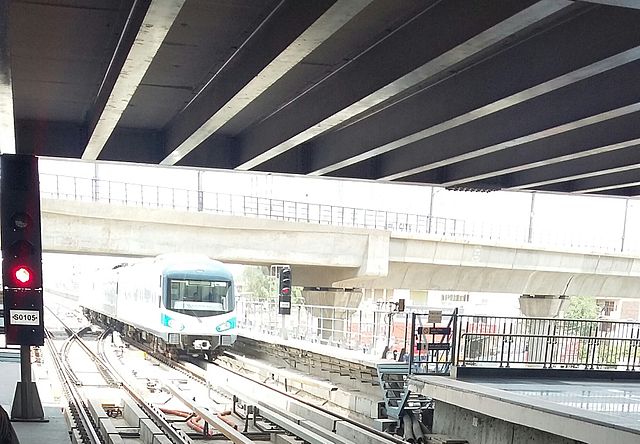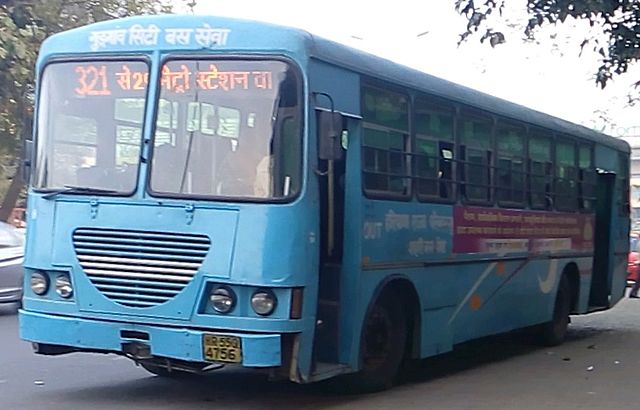Presenting: #1 on the list of things that shouldn’t be implemented in the transport world, as well as a Logistical Nightmare: A Prepaid Card system for Manual Fare Collection.

Now, the concept of a prepaid card works well with an Automatic Fare Collection system in place, but would it work with a manual one?
Of course it would, why not? However, there are some things that need to be factored in this case.
Presenting, with images [designed by yours truly], a Prepaid Card for Manual Fare Collection Systems, or, a Prepaid Card for Punched Tickets, or a Prepaid Punched Card. Geeks like me will naturally be excited by this idea, as much as we are with out collection of Vintage IBM Punched Cards.
The concept is simple. Like in the case of the BEST Prepaid Card, the Commuter needs to have an ID card. Since we are looking at a non-computerised system, the ID Card can be similar to PMPML’s ID cards, which are nothing but cardboard ID cards with a photo stuck onto it, stamped, a Hologram sticker, and the Users Name, Age, and Address. There is no record kept of the card anywhere. The date of issue is stamped on top, and so is the Serial Number. The same can apply here, except, perhaps a copy of the User information can be kept as backup.
Now, before we go into the actual system, one thing needs to be done: All fares must be rationalised into multiples of 5, like what PMPML did. Once this is done, the rest is a piece of cake.
Now for the Punched Card:
- Have a card [not a sheet] with a fixed denomination. Ideally ₹200 or ₹500 would be good. A template for a ₹500 is provided below.
- Since all fares, passes, et al are in denominations of ₹5, when a passenger buys a ticket, the conductor issues the ticket and punches out the number of ₹5s that have been sold on the card. If a passenger buys a ten rupee ticket, and a 5 rupee ticket, the conductor issues the tickets normally, and punches out 3 5s from the card.

Now, hold on. There is problem here:
In a manual fare collection system, how is the total fare collection calculated?
The entire route is divided into different stages with each stage having a few bus stops. Tickets are issued between two or more stages. At the end of each stage, the conductor writes down the serial number of the ticket on top of the bundle for each denomination onto a log sheet provided. This is often time consuming and this was the reason why ETMs were introduced in the first place. The number of tickets sold per denomination is calculated, multiplied by the denomination, and totalled at the end of the trip. This is then compared with the cash collected. What could be the problem here?
Now, for the aforementioned problem. There will be a major discrepancy in the cash collected vs tickets sold.
How do you solve this?
Simple: Follow the BMTC method of Daily Passes!
In 2010, BMTC had introduced the Concept of Loyalty Cards; an ID card valid for one year, priced at ₹25 instead of the ₹100 ID card which Monthly Pass holders had for a three year period. Then, they charged ₹5 extra for people who wanted non-AC Daily Passes but did not have either the ID Card or the Loyalty Card. The net result? BMTC conductors had to carry two different sets of passes, one for the ID holders and one for others. They sold passes and ensured that ID holders filled in their details.
The Transco just has to give out a second set of tickets for Prepaid Card Holders. Colour code them if needed, or keep an identifying pattern on them. Issue them to Prepaid card holders only. This will supremely increase the work-load of conductors, but then, that is precisely why this article starts with the equivalent of a “Do not attempt this at home.” kind of warning.
Impact of this ridiculous idea:
- Conductors will work more.
- The Organisation will have to print more tickets.
- Passengers may increase.
So there you have it folks, as stated earlier, Do Not Attempt This At Home. This needs to be junked and never implemented, but who knows? Somewhere, someone might just be doing this!
Note: It is unsure at this stage if JAT used this or not.
Prepaid Cards and Punched Tickets: An idea. Share on XThis blog post is inspired by the blogging marathon hosted on IndiBlogger for the launch of the #Fantastico Zica from Tata Motors. You can apply for a test drive of the hatchback Zica today.
![]()











